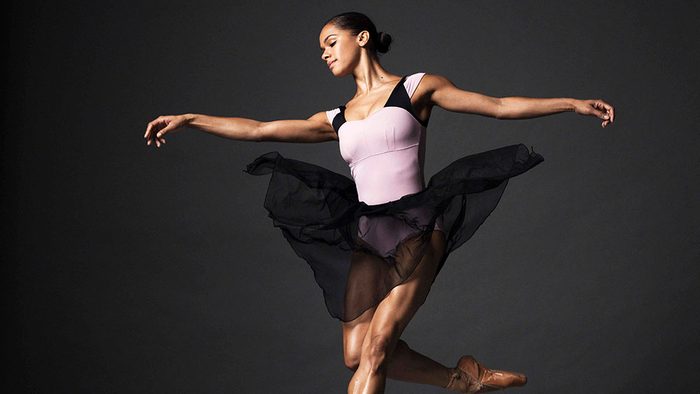
Misty Copeland’s road to becoming the first African-American principal ballerina in the history of the American Ballet Theatre wasn’t always an easy one. In her second book, Ballerina Body: Dancing and Eating Your Way to a Leaner, Stronger, and More Graceful You, she explores her struggles with weight, injury, eating healthy and having enough energy to complete her rigorous training schedule. Here are a few of her top tips for developing a ballerina body that will work for you—one that’s “lean but also muscular, feminine but also strong, lithe but also curvaceous.”

Visualize your goals.
Copeland believes that one of the first steps to achieving your ballerina body goals is to visualize them happening. Each morning, she recommends taking a moment to imagine making your dreams a reality—whether that means fitting into an old dress, having the energy to run 10 K or being able to touch your toes without pain. “Seeing is believing—and achieving,” she says.

Document your journey.
In Copeland’s eyes, health is all about making smart lifestyle choices to get a ballerina body, not going on a crash diet or working out like a fiend to lose pounds. She suggests writing about how you look and feel at the start of your journey, how you want to look and feel in the future, and then chart your progress including your successes and struggles. To make it feel like a special ritual, keep a pen that’s only for journal writing or always sit in the same cozy spot when pouring out your thoughts.
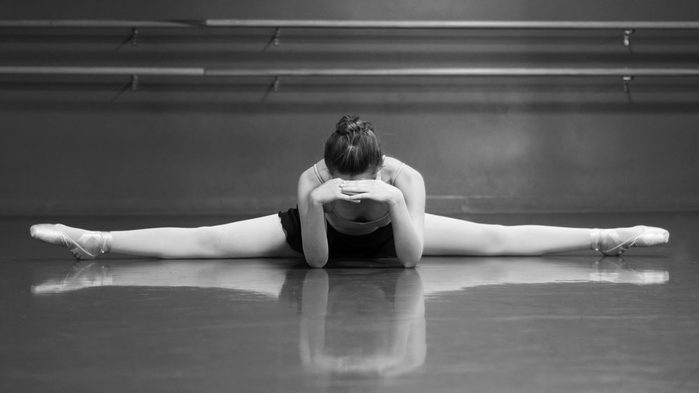
Meditate for five minutes.
Though 15 to 20 minutes is ideal, a daily five-minute meditation can get you on the right track for your day and help you manage emotional stress. In Ballerina Body, Copeland recommends sitting up straight in a chair or against a wall, relaxing your body and slowly breathing in through your nose to a count of four. Then exhale through your mouth to a count of five. Repeat inhaling and exhaling for five minutes. If your thoughts distract you, that’s okay. Just try to refocus on your breathing.
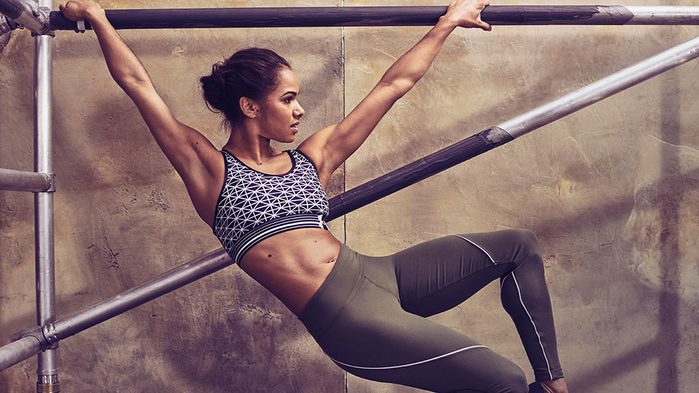
Stretch for good posture.
Proper posture is the hallmark of a ballerina and a ballerina body. And that makes her appear confident, strong and can even help with good breathing, which helps keep her calm and centred. Alas, many of us spend our days hunched over our desks or curled over cell phones. To improve less-than-perfect posture, try one of the stretches from Ballerina Body: “Whenever you have a towel or long belt in your hands, hold it so there’s enough space between your hands for you to bring it over your head without bending your elbows. Bring it behind you and back again without bending your elbows or losing the symmetry in your shoulders. Do this two or three times in a row, keeping a slow tempo.”
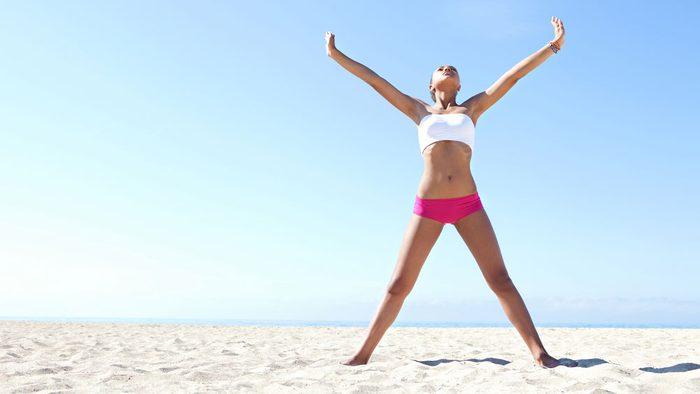
Release tension in the morning.
To achieve that ballerina body posture, before getting out of bed, curl your body into a ball, as tight as you can. Then release and let all of the tension slip away. Next, stretch your body in every which way like a starfish. “Try to imagine opening all of your joints and stretching your muscles,” says Copeland. Again, let the tension go. Every dancer begins each day with tension release, Copeland says.

Exercise while sitting at your desk.
Copeland is a big fan of exercising wherever you are with whatever tools are at your disposal. One easy ballerina body exercise is the “Torso Turn.” Copeland suggests sitting on a stationary chair with feet parallel and planted on the ground. While maintaining good posture, squeeze the hamstrings in the backs of your thighs without tightening your buttocks. Turn the upper part of your torso to the right, placing your right arm over the back of the seat, and gently stretch your upper body toward the floor while keeping your hips facing forward. Return to centre and repeat on the left side. Do at least five stretches per side.
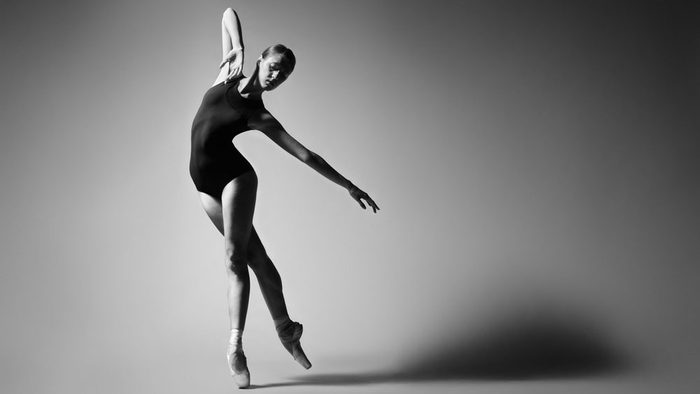
Move while lying down.
Perfecting your form while lying on the floor is a great way to get started for beginners. It’s also the way that Copeland trained her ballerina body when suffering an injury. While there are many exercises in the book, try the following to open your hips:
Lie on your stomach with your head turned to the right and your arms bent upward at right angles, aligned with your shoulders. Slowly slide your right leg along the floor, bending your knee so it reaches up toward your right bent elbow. Relax and slide your leg back into position next to your left leg. Repeat the movement.
On the third repetition, place the front of your though on the floor, bend at the knee and point your toe to the sky. Pull the knee toward the left leg. Return your leg to its straight position next to your left leg. Turn your head and repeat the whole combination with your left leg.
Roll onto your back and repeat the movements.
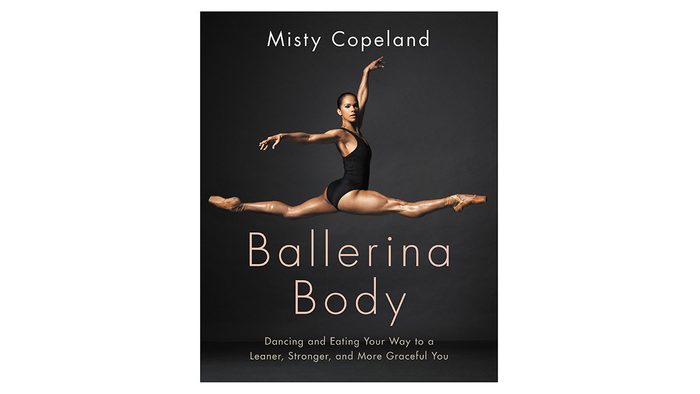
Move like a ballerina.
Naturally, Copeland’s Ballerina Body is filled with ballet exercises that you can use to develop better posture and strengthen your muscles. Follow these steps to complete the Battement Dégagé exercise:
Start in first position with arms in second position (as pictured) and brush through tendu (toe on the floor) and lift your pointed foot two inches off the floor. Return to first position. Do eight battements dégagés, or large kicks, to the side (as pictured). Send energy shooting out through your feet.
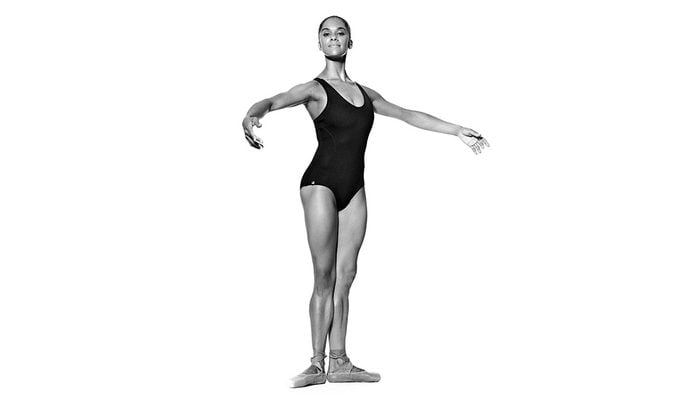
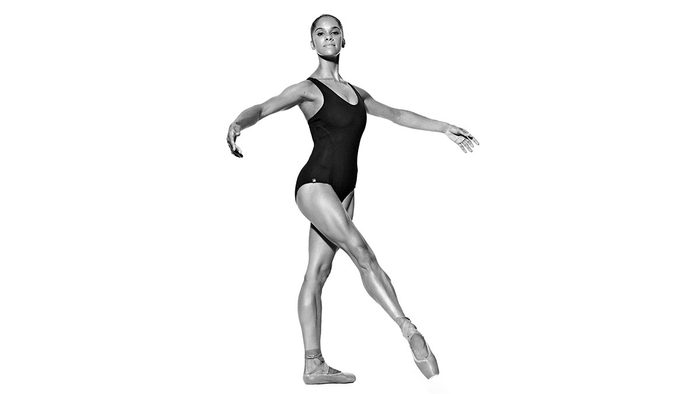
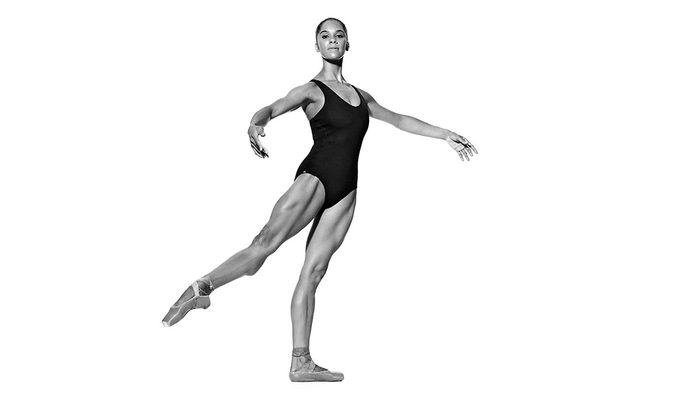
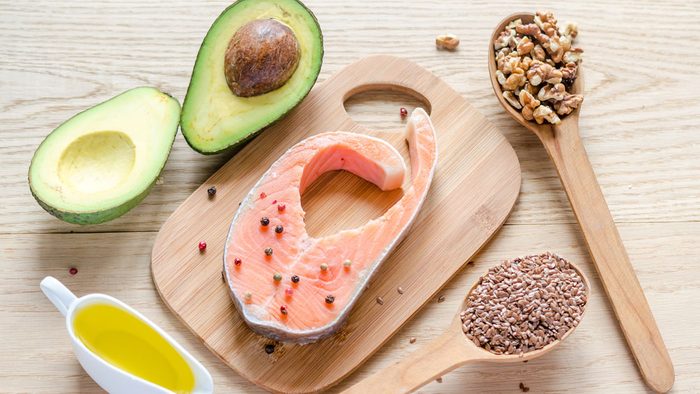
Eat foods rich in healthy fats.
The good fats found in fish and some nuts will actually help you burn body fat, keep you feeling full longer and will even give you more energy (a gram of fat has double the energy of a gram of carbohydrates). To fuel your ballerina body, look for foods high in omega-3s, like salmon, tuna, mackerel, halibut, walnuts and chia seeds.

Season with herbs, not salt.
Copeland claims that she used to eat salted and shelled sunflower seeds at night because she thought they were a healthy snack, but then would wake up in the morning with a bloated stomach and puffy eyes. To keep her ballerina body, rather than seasoning with salt, which retains water in the body, she uses garlic, onions and fresh herbs for seasonsing meals and snacks.

Use olive, coconut or flaxseed oils.
To keep your ballerina body fit and lean, skip butter, margarine and canola oil in favour of nutrient-dense options such as olive oil (which protects the heart, fights inflammation and normalizes blood pressure), coconut oil (which tastes delicious, but should be used sparingly because it’s high in calories) or flaxseed oil (to promote brain function and lower the risk of heart disease). While flaxseed isn’t a great cooking option, it can be used in pesto, hummus and salad dressing.

Follow Misty’s perfect one-day food plan.
When Copeland wants to fill herself up and ensure she has plenty of power to make it through a workout, she chooses oatmeal for breakfast, a Mediterranean wrap (mozzarella, Roma tomatoes, arugula and homemade pesto) for lunch and coconut quinoa and lentil curry for dinner. All three recipes are available in her book, Ballerina Body.
Try these other recipes by Copeland:
Flounder with Sautéed Kale
Zoodles Primavera

Don’t skip meals.
Fewer meals should mean fewer daily calories, right? Actually, skipping meals can cause you to miss out on important nutrients in your diet and can also result in overeating (not exactly ballerina body friendly) because you’ll grab whatever is available when you feel ravenous.

Strive to make healthy choices, even when eating out.
If you are at a restaurant, order fish that’s not breaded, salads, vegetables and quinoa, lentils or couscous instead of rice, pasta or potatoes. That said, treating yourself every now and again is part of a healthy eating regimen, even for the ballerina body.
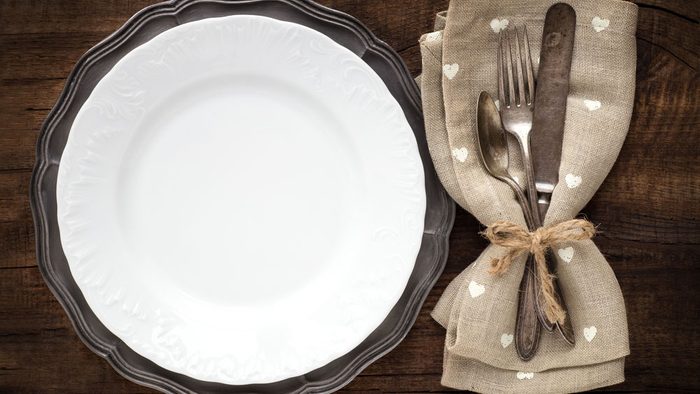
Make each meal beautiful.
Eating at home should be fun. Copeland recommends making each meal a bit of a party. Put your water in a pretty jug, drink out of a wineglass, use the good china, and light candles or arrange a vase of flowers. The ballerina body is full of hard work, but also offers some pretty rewards.
